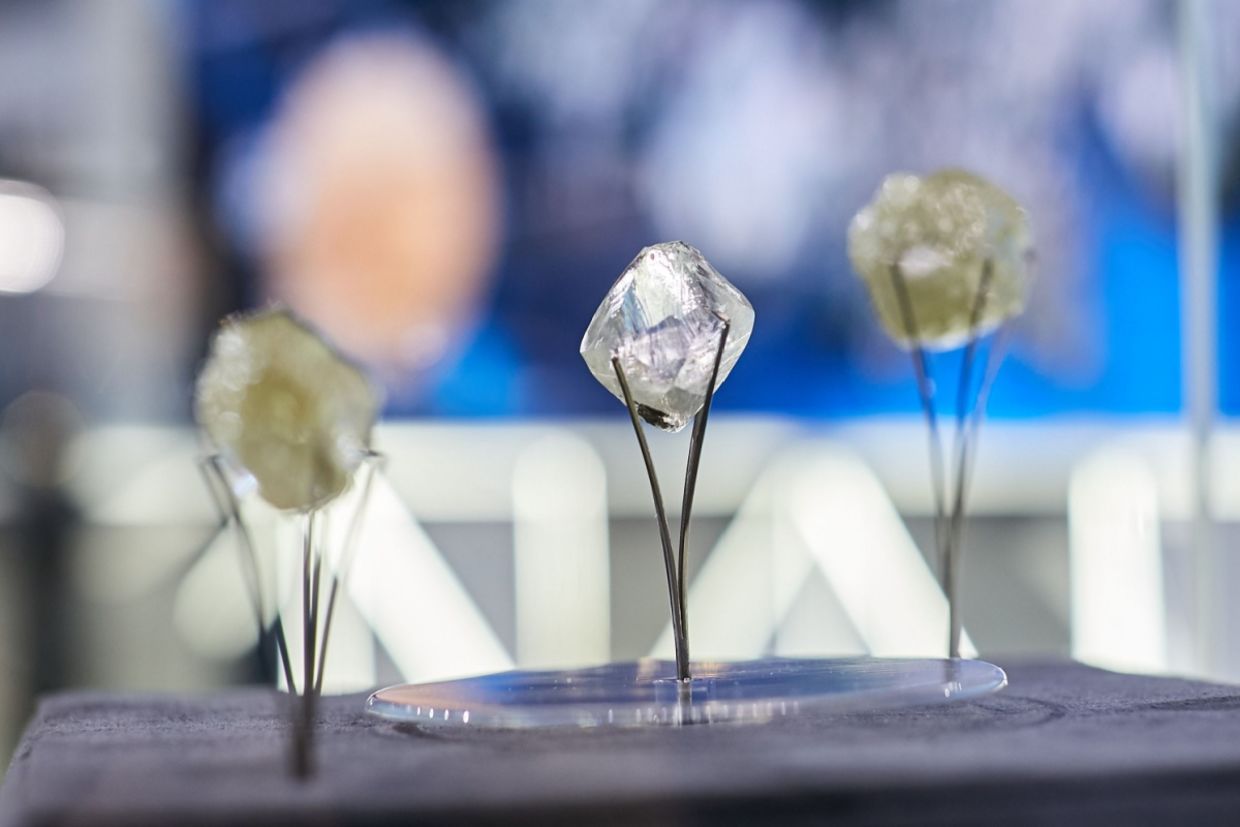
(SbMax / Shutterstock.com)
Diamonds, though often treasured for their beauty, are also one of the universe’s strongest materials. This makes them useful for industries beyond just the fashion industry. For instance, many knife sharpeners actually contain these precious gems.
In fact, diamonds are being used in a revolutionary capacity. They are an essential part of a battery that may last for thousands of years, the BBC reports.
From Archaeology to Batteries
Scientists are always looking for new sources of reliable and long-lasting energy. In a groundbreaking moment, the University of Bristol and the UK Atomic Energy Authority (UKAEA) worked together to create just that: a battery that could potentially last even thousands of years.
The battery, according to Popular Mechanics, uses a small amount of what is essentially radioactive energy waste. It uses the power of isotope carbon-14 decay to create energy. Now, carbon-14 is well known in the field of archaeology, because of its very long half life (the amount of time it takes for half of its atomic nuclei to decay), which is 5,730 years long. This makes it very useful for determining the age of archaeological finds. It also may make it a very long-lived source of energy.
According to a University of Bristol press release, carbon-14 was chosen to power the battery because it emits short-range radiation which is absorbed by any solid material fairly quickly. That’s where diamonds come in. Diamonds, as one of the world’s strongest materials, absorb the radiation and prevent it from seeping out of the battery.
“There is literally nothing we could use that could offer more protection,” Dr. Neil Fox, from the University of Bristol’s School of Chemistry, says in the press release.
From Medical Devices to Space Travel
Popular Mechanics points out that while currently these batteries can only produce power for small objects, they can still have some very useful applications, especially in cases where it is less than advantageous to have to replace a battery, such as in medical devices like pacemakers. They’re also ideal for powering devices that are in places that are difficult to reach, including in space or the deep sea.
Another advantage of these batteries is that carbon-14 is obtained from graphite — one of the byproducts of nuclear reactors, which helps repurpose nuclear waste. According to the BBC, the UK currently has nearly 95,000 tons of graphite blocks. Using them productively could offer significant benefits.
Findings like these show that nuclear energy could be a reliable and clean source of power. This innovation may be good news for the medical industry and when it comes to necessary devices in the deep sea and outer space.
YOU MIGHT ALSO LIKE:
Pandora is Switching to Lab-Grown Diamonds
Solar Shines Brighter in the EU
An AI Foot Scanner Could Detect Heart Failure







